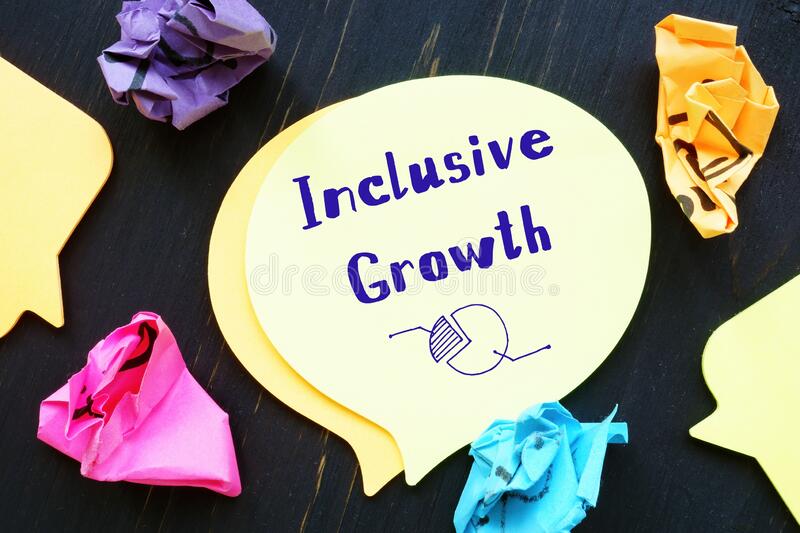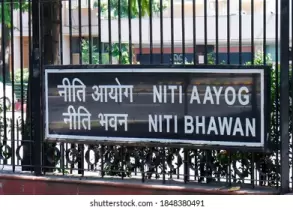What are your thoughts on inclusive growth? Is economic expansion enough to guarantee inclusive expansion?
Approach:
- Define inclusive growth first. Give examples of inclusive growth’s numerous facets.
- Describe how inclusive growth is produced through economic expansion in the following section.
- Write many arguments exposing the failures of economic progress to promote inclusion after that.
- Mention the state’s role in welfare and the need to increase economic inclusion as you draw to a close.
According to the OECD, inclusive growth is economic growth that is distributed equally across all groups and areas. Opportunities are created for everyone, marginalised groups are given a means of support, and everyone has access to fundamental services like health and education.
Growing inclusively entails:
- Financial Inclusion: Easy access to financial services that promotes economic and social mobility.
- Skill Building: To benefit from the demographic dividend.
- Social justice: The advancement of historically marginalised groups including SCs, STs, women, and transgender people while removing caste- and gender-based hurdles.
- Technological Progress: more efficient e- and m-governance, more competitive agribusiness, adaptive learning in school, tele-healthcare in remote places.
The following are some ways that economic growth fosters inclusive growth:
- Sectors with high employment chances give the impoverished more options for a living. Employment in the formal sector fosters skill mobility, which supports a positive cycle of increase in productivity, earnings, savings, and human capital.
- By providing additional financial resources, it increases the state’s ability for welfare. Improvements are made in health metrics such the IMR, MMR, and birth weight. For instance, according to the WHO’s India Health System Review Report, India’s life expectancy increased from 47.7 years in 1970 to 69.6 years (2020).
- The economic expansion opens up career chances for women. such as in the manufacturing of mobile devices, textiles, and IT.
- Urbanization, which is a byproduct of economic prosperity, eliminates the old social disadvantages of caste and gender. For instance, it is challenging to exclude due to relative anonymity and financial factors.
However, for inclusive growth, economic growth alone is insufficient for the following reasons:
- Issues related to caste, gender, religion, and other social barriers to participation are not effectively addressed. For instance, the labour force participation rate (LFPR) of women in India (18.6%) is only a third of that of men (55.6%).
- Public goods like healthcare and education cannot be provided by economic growth alone. For instance, there are still over 304 million illiterates in India.
- A barrier still exists in distributing income fairly. According to an Oxfam analysis, the wealthiest 1% of Indians have more than four times as much as the poorest 70% of the country.
- Growth without jobs leads to problems like underemployment, covert employment, overworked agriculture, regional imbalance, etc. For instance, CMIE estimates that the unemployment rate was 7.83% in April 2022.
- As a result of automation and technological advancements, employment-elasticity of growth is declining. For instance, today’s steel production requires a lot fewer workers than it did twenty years ago.
Economic development by itself cannot fully explain inclusive growth. The welfare function of the state is necessary for the provision of public goods and affirmative action for the disadvantaged groups. Additionally, there is a need to increase economic growth’s equity by opening up chances in industries like agriculture and employment-intensive growth, among others. We need growth that is built on liberty, respect, and equity.






